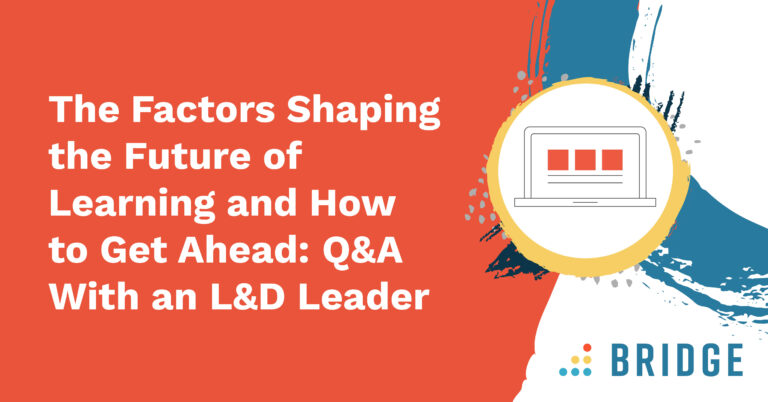By now, The Great Resignation is a familiar story: employees have left their organizations en masse in the pursuit of new challenges, career progression, and a better work-life balance. Businesses are starting to feel the effects—according to a poll conducted during our recent webinar, 91% of respondents say they’ve lost key talent.
But there’s a plot twist in the unfolding Great Resignation story…
This unprecedented mobility in the workforce isn’t entirely in one direction, as ex-employees may also return to their former jobs in greater numbers than previously. This phenomenon has been termed The Great Boomerang.
Will the Great Boomerang See Your Workforce Return?
Though it may not be enough to offset the damage caused by The Great Resignation, this begs the question: ‘Would you rehire a former employee?’ If the answer is yes, then you’re in the majority as a 2019 study found that 94% of employers would be willing to rehire an employee who had previously left. It’s a situation you might actually face, as the same survey found that 54% of employees would consider going back to their former employer.
But even with the promise of The Great Boomerang, this may not be enough to mitigate the impacts of The Great Resignation. Your former employees may be returning to the job market, but you can’t assume they will return to your organization. They left for a reason and addressing those reasons is the key to attracting talent back into the fold.
5 Ways to Make Your Organization People-First
Based on what’s been observed so far, predictions are that The Great Boomerang will become an increasingly important factor in the job market. That means a wealth of talent could soon be out there looking for new opportunities and if you want to attract them to your organization, the time to act is now!
A key factor in making your company attractive to both your former employees and new hires is changing your mindset to make your company people-first (if you haven’t already). Being people-first means that by sympathetically handling your employees, you resolve many of the issues that caused former employees to leave in the first place.
So what steps can you take to have a people-first approach?
- Understand Why Employees Left—And Do Something About It
All this talk of benefiting from The Great Boomerang would be moot if your employees hadn’t left your employ in the first place, so understanding why people are leaving is vital.
This means connecting with your employees and if some aren’t engaged with their work and are considering a change, discovering why. Mitigating any issues as they arise can be a lot easier than dealing with high employee turnover. People’s priorities have shifted and it’s up to companies to make the necessary changes.
- Don’t Make Leaving Difficult
Clearly, the circumstances in which the employee left make a great deal of difference to whether or not you’d even want them back—or if they’d even consider it. But in general, you should always make people’s exit from the company as smooth and as uncomplicated as possible. If you’d had a perfectly amicable working relationship before their departure, don’t make those last days or weeks leave such a bad taste in their mouths that they would never dream of returning.
- Keep Open Lines of Communication
Keeping in touch with former ‘gold star’ employees makes a lot of sense. If they’re up to speed with current developments in the company, returning won’t feel like such a huge hurdle. A good strategy is to contact an employee six months to a year after they’ve left the company to find out how they’re doing in their new jobs. This amount of time is just right for them to have gained new skills that would be a valuable asset to your company and it’s not so long that working for your company is just a distant memory.
- Make Them Feel Like Returning Is a Step Forward, Not Back
Your former employees may well have gained new skills in the time since they left your company. Offering them their old jobs back without recognizing this is a sure-fire way to have them reject the offer. You have to remember that they’re probably on a career path and each new role they take must build on the last.
- Offer Employees Opportunities for Progression
If career development wasn’t already a point of conversation the first time around, now’s the time to bridge the gap. Make sure managers are conducting regular one-to-ones with workers and make time to discuss where they want to go and how to get there.
How Can Bridge Help?
For employees to advance in their careers, they need the right skills. Bridge helps you evaluate company-wide skill mastery through self, peer, and manager assessments, using those insights to help employees build career development plans that align with their desired skills and career vision.
Bridge’s Skill and Career Development Tool makes it easy for employees and managers to connect regularly, to discuss performance and career progression. By discovering their individual career drivers and helping them achieve their goals, you can put them on the path to success.



